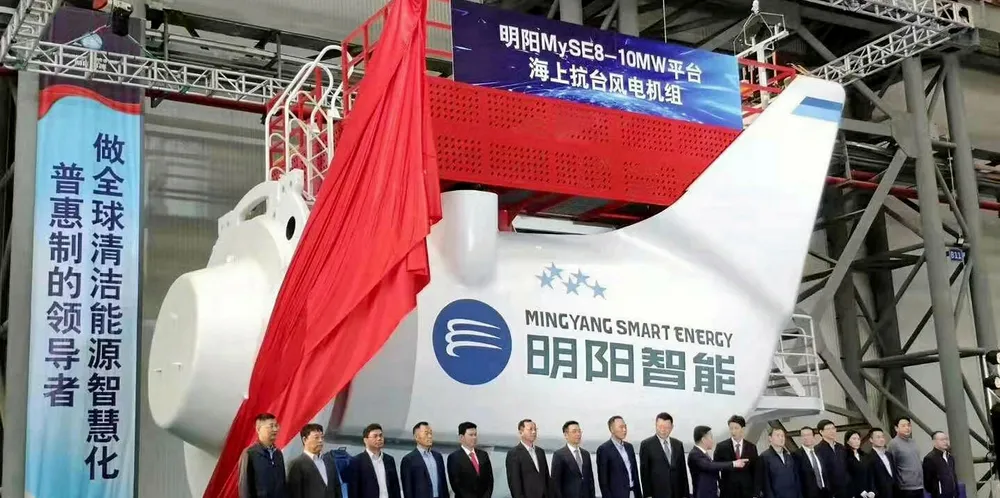China's Ming Yang eyes 15MW offshore wind turbine after $850m fundraising
Chinese group also wants to develop 10MW floating model as part of ambitious plans laid out to investors

Chinese group also wants to develop 10MW floating model as part of ambitious plans laid out to investors
